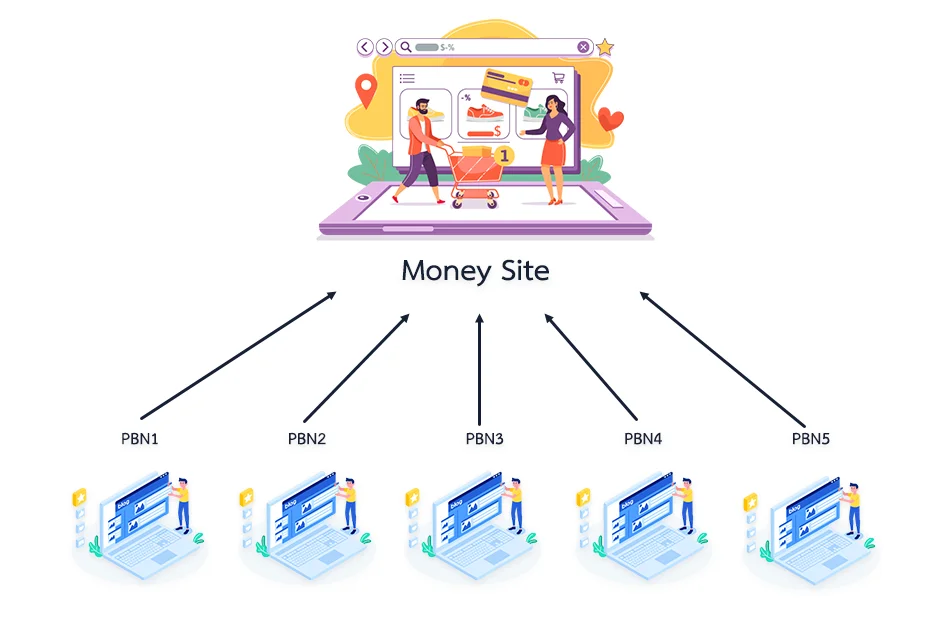All Categories
Featured
Table of Contents
- – What Is The Top Semantic Keywords Brand To Buy
- – Top Semantic Content Strategies Money Can Buy
- – What Is The Top Semantic Seo Insights Product?
- – What Is The Leading Semantic Seo Vs Tradition...
- – What Is The Most Reliable Enhancing Seo With...
- – What Is The Most Popular Semantic Seo Insigh...
- – What Is The Leading Semantic Seo Audits Busi...
The internet is altering, coming to be a growing number of semantic. Search engine optimization is additionally transforming and becoming a lot more semantic. This is since search engines have actually progressed and are relocating an increasing number of towards checking out web content on the internet. Naturally, that has actually additionally altered the method we create content, particularly if we wish to rate much better in the internet search engine.
Intertwingularity is not generally recognized, individuals maintain claiming they can make things deeply hierarchical, categorizable and sequential when they can not. Based on the partnerships in between search intents, the search engine chooses a material in positioning by determining the range in between the vectors of meaning.
It allows you to see, starting from a subject, all the entities that are associated to that topic. By doing this you can plainly see which entities/concepts/ideas have already been covered on your website, and you can find new opportunities by understanding what web content you can include and how to develop it.
What Is The Top Semantic Keywords Brand To Buy
It is able to make your material understandable for internet search engine on the one hand and for your audience on the various other. Structuring your web content design highlights your web content and its underlying relationships to make sure that internet search engine can identify you among thousands of pieces of details, making you extra visible to customers that fulfill the search intent pertaining to your organization.
In semantic search engine optimization copywriting, an editor begins with a more comprehensive range of topics and tailors the material to include semantically appropriate terms and expressions that assist visitors recognize a subject, similar to reviewing web content in a wiki. From a web content writing perspective, one functional method to do this is to produce a vocabulary of terms and inquiries surrounding your target subject.
Top Semantic Content Strategies Money Can Buy
Discover a lot more concerning by enjoying the by!.

Semantic search describes the procedure of how search engines comprehend and match keywords to a searcher's intent in organic search engine result. Prior to semantic search, online search engine like Google ran like matchmakersaligning certain words in your question with those specific words on pages. The outcomes were uncomplicated but usually did not have depth.
What Is The Top Semantic Seo Insights Product?
It allows Google to use fast, accurate solution to search queries about real-world subjects. When you type a query word into Google, you're not simply entering a sequence of words. You use a complicated internet of definitions and links. Google's Expertise Graph sees these words as entities with context and connections.
When you search for "Apple," Google doesn't just see a word that explains a fruit. It acknowledges Apple as a firm and can give relevant details. Like the name of its chief executive officer, Tim Chef, or its latest supply costs. Google introduced the Hummingbird update in 2013. It was Google's solution to the increase of voice searches, where questions became more conversational and nuanced.
What Is The Leading Semantic Seo Vs Traditional Seo Service In My Area?
By incorporating NLP, Hummingbird enabled Google to move beyond mere keyword matching. It aided the search engine comprehend search intent, boosting the odds that results would precisely match the reason behind a user's search.
RankBrain is an artificial intelligence system that assists Google analyze questions it hasn't seen prior to. It can make assumptions concerning words and phrases it doesn't acknowledge and filter results as necessary. Making it more reliable at handling never-before-seen search inquiries. RankBrain thinks about greater than simply search phrases when analyzing a search inquiry.
It fetches results that match the keywords and align with the general intent of supplying young puppy training advice. And if the customer regularly looks for dog-related material, Google might prioritize a lot more detailed training guidesrecognizing the individual's continuous passion in the topic. Integrating innovations like the Knowledge Graph, Hummingbird, and RankBrain, semantic search aids the Google algorithm interpret and link data across a huge internet of info.
What Is The Most Reliable Enhancing Seo With Semantics To Get
The emphasis changes from keyword selection to a holistic method incorporating customer intent, topical importance, and general customer experience. Producing content that deals with the searcher's demands with extensive details can boost your SERP rankings. Below, we outline the patterns and methods that consolidate the demand for semantically educated web content. Later on, we offer workable ideas to transform these insights into finest methods.
A more comprehensive approach to content aligns much better with semantic search's change away from precise search phrase matching and towards individual intent. Material that covers search inquiries extra completely not only pleases individuals.
UX aims to develop a visually enticing, straightforward user interface with interesting, top quality web content that motivates site visitors to stay. Semantic search modern technology enables search engines to aim for results that provide the best feasible UX.
What Is The Most Popular Semantic Seo Insights Deal Right Now

All display Google's capacity to attend to a topic inquiry comprehensively. By comprehending the context and intent behind user queries, online search engine can provide more pertinent info and potentially increase user interaction. Customization in search results produces much better UX.Based on your previous search background and preferences as a customer, semantic search assists browse engines tailor the results to suit your one-of-a-kind needs and passions.
So it fetches outcomes that match the search phrases and line up with the general intent of offering pup training suggestions. And if the individual often looks for dog-related material, Google may focus on more comprehensive training guidesrecognizing the individual's continuous passion in the topic. Integrating innovations like the Knowledge Chart, Hummingbird, and RankBrain, semantic search helps the Google algorithm translate and connect information across a vast internet of details.
What Is The Leading Semantic Seo Audits Business?
The focus changes from keyword choice to a holistic strategy including customer intent, topical importance, and total customer experience. Developing content that resolves the searcher's demands with thorough information can enhance your SERP rankings.

And kind of content can best satisfy their demands. A wider strategy to content aligns better with semantic search's shift away from precise search phrase matching and towards customer intent. Which explains the increased emphasis on subject collections, as opposed to individual keyword phrases. Content that covers search inquiries much more thoroughly not just pleases individuals.
UX aims to create a visually attractive, straightforward interface with engaging, high quality web content that urges visitors to remain. Semantic search innovation allows search engines to intend for results that give the finest possible UX.
All display Google's ability to resolve a subject query thoroughly. By understanding the context and intent behind customer inquiries, search engines can deliver much more appropriate details and possibly boost individual interaction. Customization in search engine result produces much better UX.Based on your past search history and preferences as a user, semantic search assists search engines tailor the outcomes to suit your unique demands and interests.
Table of Contents
- – What Is The Top Semantic Keywords Brand To Buy
- – Top Semantic Content Strategies Money Can Buy
- – What Is The Top Semantic Seo Insights Product?
- – What Is The Leading Semantic Seo Vs Tradition...
- – What Is The Most Reliable Enhancing Seo With...
- – What Is The Most Popular Semantic Seo Insigh...
- – What Is The Leading Semantic Seo Audits Busi...
Latest Posts
What Is The Top Semantic Seo Techniques Brand To Buy
What Is The Most Suitable Optimizing For Semantic Search Plan?
What Is The Most Suitable Semantic Seo For Me
More
Latest Posts
What Is The Top Semantic Seo Techniques Brand To Buy
What Is The Most Suitable Optimizing For Semantic Search Plan?
What Is The Most Suitable Semantic Seo For Me